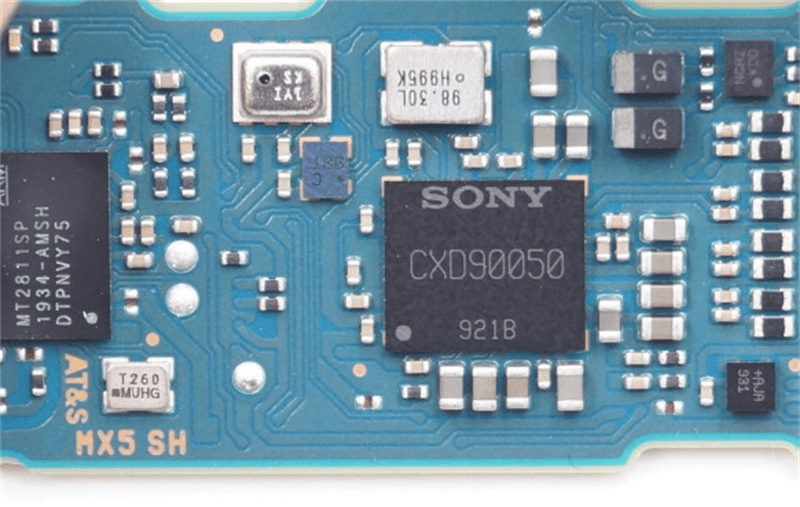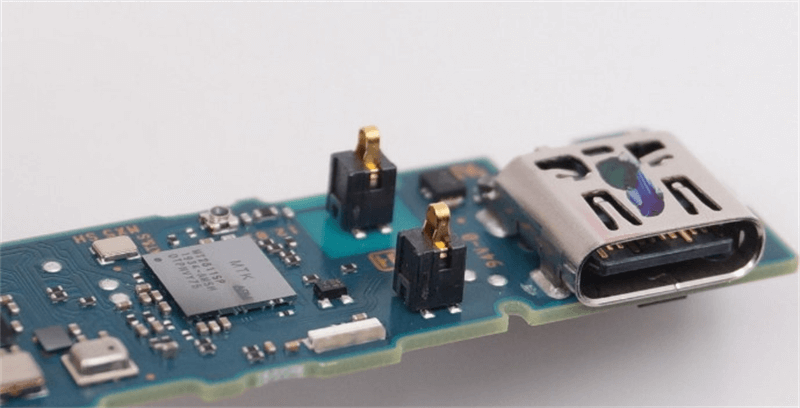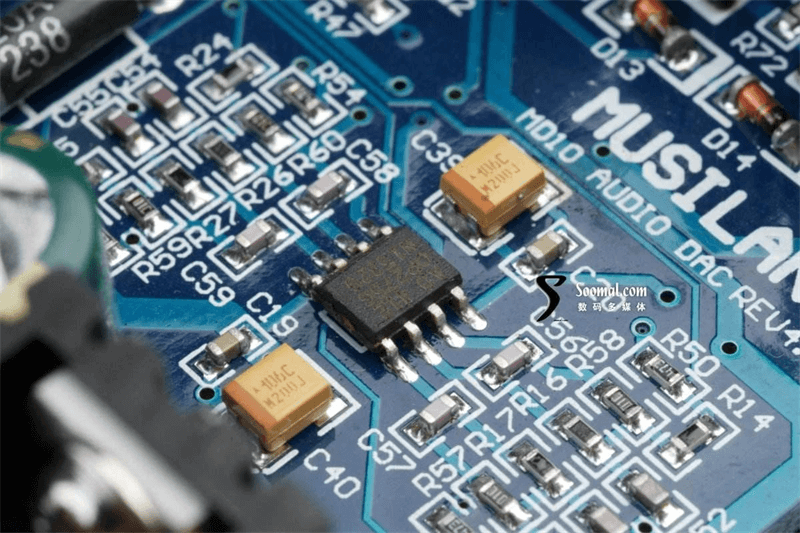Pull current and irrigation current are parameters of measuring circuit output drive capabilities (note: pulling and irrigation are all for the output end, so it is the driver capacity) parameters. This statement is generally used in digital circuits.
Here we must first explain that the pull and irrigation current in the chip manual is a parameter value, which is the upper limit of the output terminal pulling and irrigation current in the actual circuit (allowed maximum values).
The concept to be mentioned below is the actual value in the circuit.
Because the output of digital circuits is only high, low (0, 1), the electrical value:
When the high -level output is output, the output is generally provided to the load. The value of the current is called “pull current”;
When the low -level output is generally the current to absorb the load, the value of the absorption current is called “irrigation (enter) current”.
For the device of the input current:
The incoming current and the absorption current are input. The current is passive, and the absorption current is active.
If the external current passes through the chip pin, the ‘flowing ‘in the chip is called an irrigation current (being irrigated);
Conversely, if the internal current through the chip pin from the chip ‘flowing’ is called pull current (being pulled out);
Why can I measure the output driving capacity? Intersection
When the logical door output is low, the current that is irrigated into the logic door is called the irrigation current. The larger the irrigation current, the higher the low level of the output end. It can also be seen from the output characteristic curve of the triode. The greater the irrigation current, the larger the saturated voltage drop, and the larger the low level. However, the low level of the logic door is limited, and it has a maximum UOLMAX. When working at the logic door, it is not allowed to exceed this value. The specifications of the TTL logic door specify UOLMAX ≤0.4 ~ 0.5V. Therefore, there is an upper limit of irrigation current.
When the logical door output end is high, the current at the logical door output end is flowing out of the logic door. This current is called pull current. The larger the pull current, the lower the high level of the output end. This is because the output -level triode has internal resistance, and the voltage drop on the internal resistance will reduce the output voltage. The larger the pull current, the lower the high level of the output end. However, the high level of the logic door is limited, and it has a minimum UOHmin. When working in the logic door, it is not allowed to exceed this value. The specifications of the TTL logic door specifications uohmin ≥2.4V. Therefore, there is also a upper limit of pull current.
It can be seen that there is a upper limit on the pull current and irrigation current on the output end. Otherwise, when the high level output, the pull current will lower the output level than UOHMIN; when the low -level output, the irrigation current will make the output level higher than UOLMAX.
Therefore, pulling and irrigation current reflect the output drive capability. (The larger the chip’s pull and irrigation current parameter value, it means that the chip can connect more loads, because, such as the irrigation current is a load, the more load;
Because the high -level input current is small, at the micro -level level, it is generally no need to consider it. The low level current is large and at the milliamp level.
Therefore, there is often no problem with low -level irrigation current. Use the fan to explain the ability of the logic door to drive similar doors. The fan out of the compassion is the ratio of the low -level maximum output current and the maximum input current of the low level.
In the integrated circuit, suction current, pull current output and irrigation current output is a very important concept.
Pull up and leak, active output current, is from the output output current;
Irrigation is charging, passive input current, which flows in from the output port;
Suffering is actively inhaling current, which flows in from the input port.
The suction current and irrigation current are the current flowing into the chip from the outer circuit of the chip. The difference is that the absorption current is active, and the absorption current flows from the chip input end. The pouring current is passive, and the current flowing from the output end is called into the current.
The pull current is the output current provided by the digital circuit output high level to the load. The output low level when the irrigation current is an input current to the digital circuit. They are actually input and output current capabilities.
The absorption current is for the input terminal (input end input), and the pull current (output end flowing out) and the irrigation current (the output end is irrigated) is relatively output.
Post time: Jul-08-2023






